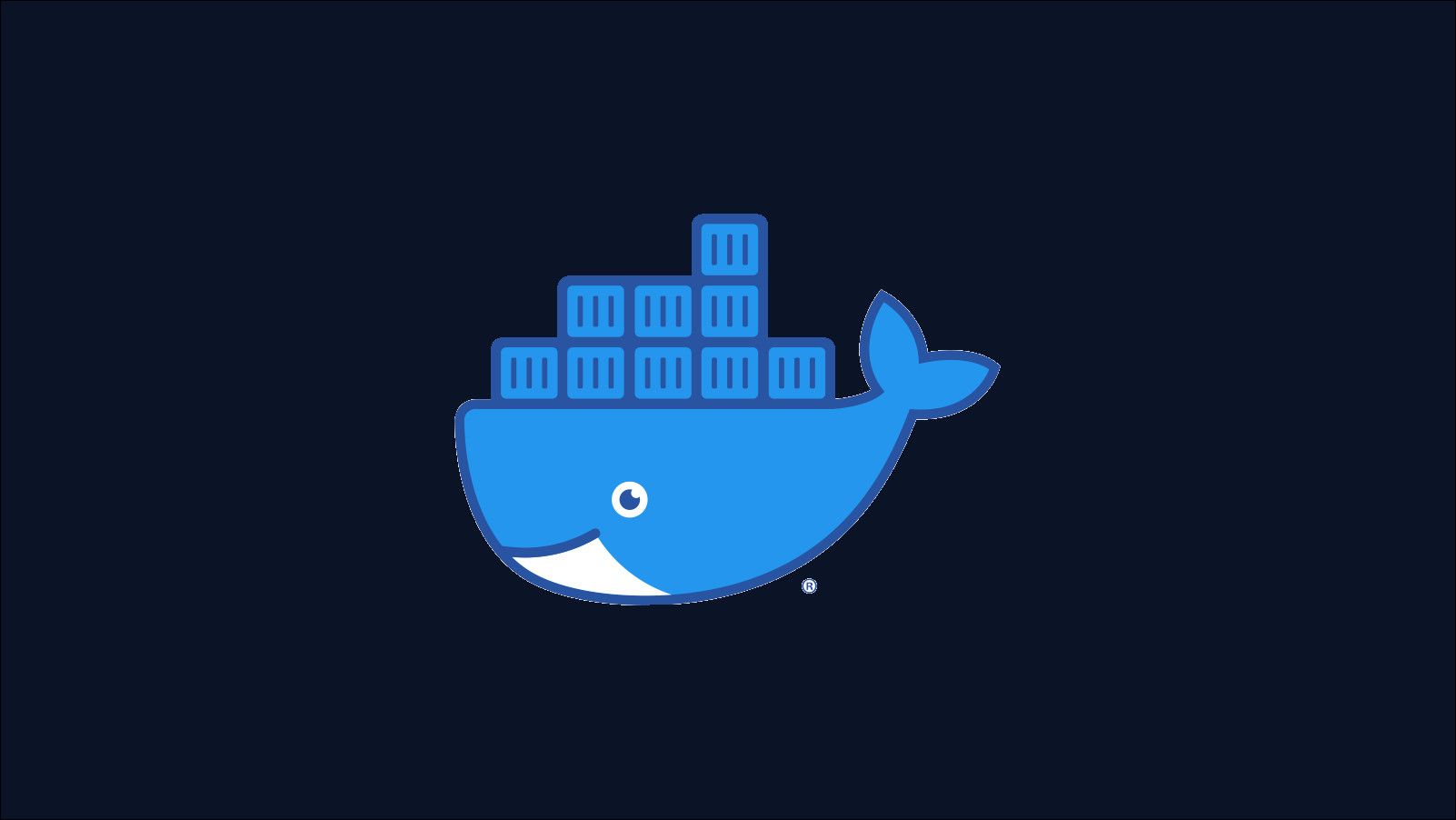Quick Links
Docker Compose lets you start multiple containers by running a single command. This simplifies bringing up complex services formed from several independent components.
This isn't always good enough though. Some of your containers might have dependencies on each other that break the application if they can't be fulfilled. In this guide, we'll show how you can configure your Compose services to accommodate these dependencies, making it possible to start containers in order.
The Basics
depends_on
field in
docker.compose.yml
files. Services can include the names of their siblings in
depends_on
. This prevents the container from starting until the depended-on services are up.
services:
api:
image: example.com/api:latest
depends_on:
- db
web-app:
image: example.com/web-app:latest
depends_on:
- api
db:
image: mysql:8.0
In this example, the
depends_on
fields cause the services to start in the following order:
-
db -
api -
web-app
Each service's dependencies are resolved recursively. The service that defines each
depends_on
field is started last, at the very end of the chain. When a service depends on multiple other containers, they'll be started in the order they're listed in the
depends_on
field.
The chain of services is used in reverse when you stop a stack with
docker-compose stop
. With the example above, the
web-app
container will be deleted first, then
api
and
db
. This prevents requests to the
web-app
container from failing as a tear-down operation commences.
Waiting for Readiness
The default
depends_on
configuration only waits for dependent containers to start. In the example above, Compose can create the
api
container as soon as
db
is running, even if the database server inside the container isn't ready to receive connections. This means
depends_on
is rarely sufficient on its own.
You can combine the feature with healthchecks to prevent containers from starting until their dependencies are actually ready. To use this capability, nest a
condition
field under
depends_on
with
service_healthy
as its value:
services:
api:
image: example.com/api:latest
depends_on:
- db
healthcheck:
test: curl --fail http://127.0.0.1 || exit 1
interval: 10s
retries: 5
start_period: 5s
timeout: 10s
web-app:
image: example.com/web-app:latest
depends_on:
api:
condition: service_healthy
db:
image: mysql:8.0
Now the
api
container has a healthcheck command attached. The
web-app
service is instructed not to start until
api
has been created with a successful healthcheck result. This will be once the API starts responding to requests and the
curl
command exits with a zero status code.
Waiting for a Successful Container Exit
In some cases your dependency might be a single-use container that you want to run to completion. You can wait on this kind of dependency by setting the
condition
field to
service_completed_successfully
. This is useful when you've got a first-run setup script that executes in another container.
services:
app:
image: example.com/app:latest
depends_on:
config_builder:
condition: service_completed_successfully
volumes:
- config:/opt/app/config
config_builder:
image: example.com/config_builder:latest
env:
- EXAMPLE_KEY
- ANOTHER_KEY
volumes:
- config:/output
volumes:
config:
This example shows how a dependent image could run a command that writes a config file to a volume shared by
app
. After the data's been written, the
config_builder
container stops with a zero exit code. Compose then automatically starts the
app
service as its dependency condition has been met.
More Control With Other Tools
In some situations
depends_on
with a
condition
might still not be enough to accommodate your use case. You can add external tools to manually implement health checks and handle links between containers.
Wait-for-It is a utility script which wraps another process. It'll run the command you specify after a certain condition is met. This can be used to define healthcheck procedures independently of Docker's built-in support.
Here's how to use
healthcheck
to wait for a linked container port to become accessible:
services:
api:
image: example.com/api:latest
depends_on:
- db
web-app:
image: example.com/web-app:latest
depends_on:
- api
command: ["./wait-for-it.sh", "api:8080", "--", "node", "app.js"]
db:
image: mysql:8.0
Here we've reverted to only making Docker Compose wait for the
api
container to start. The
web-app
service accepts responsibility for checking whether
api
is healthy. It uses the Wait-for-It script to detect when the container is accessible on port 8080. Wait-for-It will then launch the web app container's real command, defined as
node app.js
.
This approach is best reserved for specific situations where you can't set up a proper healthcheck with Docker. It might be necessary when you're using a third-party image that can't be configured to run a healthcheck command. Wait-for-It provides a way of detecting whether a port's serving traffic as a stand-in replacement. While not infallible, this is often a good indicator of a container's healthiness.
Summary
Docker Compose defaults to simultaneously starting all the services in your stack. This is often undesirable when links between the services create parent-child dependency relationships.
The
depends_on
field lets you define a startup sequence for your services. Compose will create each new container in order, guaranteeing the previous one has started before the next container is added.
You can wait for the previous container to exit or report a positive healthcheck by adding a
condition
to the dependency definition. In situations where healthchecks can't be used, you can defer to tools like Wait-for-It to have parent containers detect when their dependencies are ready.

